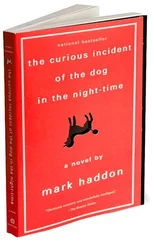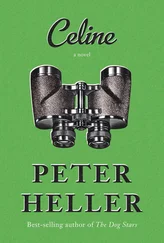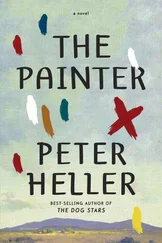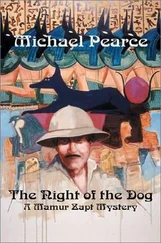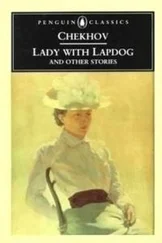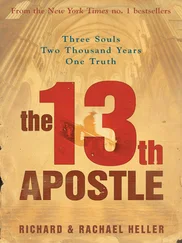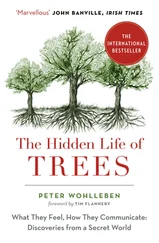In September, two more flew over. Never answered my calls.
We sleep outside into October. Maybe we will all winter. The way Jasper and I used to do. Piling on the quilts. Sleep some frosty nights with wool hats on, with just our noses sticking out. Head to head or butt to butt. We name the winter constellations and when we run out of the ones we know—Orion, Taurus, Pleiades, the Chariot—we make them up. Mine are almost always animals, hers almost always food—the Sourdough Pancake with Syrup, the Soft Shell Crab au Gratin. I name one for a scrappy, fish loving dog.
I still dream Jasper is alive. Before that my heart will not go.
My favorite poem, the one by Li Shang-Yin:
When Will I Be Home?
When will I be home? I don’t know .
In the mountains, in the rainy night ,
The Autumn lake is flooded .
Someday we will be back together again .
We will sit in the candlelight by the West window .
And I will tell you how I remembered you
Tonight on the stormy mountain .
Many friends and family have contributed insight and energy to the making of this book. To my first readers, Kim Yan, Lisa Jones, Jay Heinrichs, Rebecca Rowe, Helen Thorpe, John Heller, Pete Beveridge, and Caro Heller I am deeply indebted. I cannot thank you enough. Lisa, as always, was a fearless and invaluable reader and guide. Helen’s words came at the perfect time. John and Caro, my parents, have been the bravest, most creative role models.
For their close reading and expert knowledge, huge thanks to Jason Hicks; Jeff Streeter; Donna Gershten; Mike Gugeler; Kirk Johnson; and Jason Elliott, Navy SEAL. Thanks to Janis Hallowell, Nathan Fischer, Mark Lough, Ted Steinway, and David Grinspoon for more help.
Carlton Cuse was a source of great inspiration. Bobby Reedy put me on a special creek with a fly rod years ago. And thanks to Bobby and Jason Elliott for initiating me into the fearsome power of a sniper rifle.
Thanks to Brad Wieners for the first flying story and all the others.
David Halpern has been a friend and champion for many years. Without him, this book would not have been realized. I am profoundly grateful. Thanks to Kathy Robbins for everything. To Louise Quayle for such fine work. And to Charlotte Mendelson for her discernment and enthusiasm.
To my brilliant editor Jenny Jackson, I raise a glass.
And to Dave Hoerner, one of the greatest bush pilots who ever flew, thanks for teaching me to fly.
Peter Heller holds an MFA from the Iowa Writers’ Workshop in both fiction and poetry. An award-winning adventure writer and longtime contributor to NPR, Heller is a contributing editor at Outside magazine, Men’s Journal , and National Geographic Adventure , and a regular contributor to Bloomberg Businessweek . He is also the author of several nonfiction books, including Kook, The Whale Warriors , and Hell or High Water: Surviving Tibet’s Tsangpo River . He lives in Denver, Colorado.
Kook: What Surfing Taught Me About Love , Life, and Catching the Perfect Wave
The Whale Warriors: The Battle at the Bottom of the World to Save the Planet’s Largest Mammals
Hell or High Water: Surviving Tibet’s Tsangpo River
Set Free in China: Sojourns on the Edge
The Dog Stars
by Peter Heller
Reading Group Guide
About the Guide
The introduction, discussion questions, and suggested further reading that follow are designed to enliven your group’s discussion Peter Heller’s novel about a pilot and his dog trying to survive in a world filled with loss, The Dog Stars .
About the Book
A novel of extraordinary depth and power, The Dog Stars is narrated by Hig, a pilot who has taken refuge in an abandoned airport in Erie, Colorado, with his beloved dog Jasper and a gun-nut neighbor appropriately named Bangley. Nine years ago a devastating pandemic ravaged the globe, killing off everyone Hig loves, and taking much of the plant and animal life as well.
Hig misses the world that’s gone, his wife, Melissa, and all the trout wiped out by the rising temperatures in mountain streams. Bangley, on the other hand, seems born for just this kind of life. He enjoys nothing more than picking off marauders from the sniper tower he and Hig built. He’s a shoot-first-and-ask-questions-later kind of guy. “Never, ever negotiate,” he tells Hig repeatedly, advice which Hig frequently ignores, to his own peril.
They exist in an uneasy alliance. Bangley needs Hig to secure the perimeter, grow vegetables, and hunt deer. Hig needs Bangley to cover his ass and bring out the firepower—machine guns, grenades, mortars—when things get especially dicey. They don’t entirely trust or like each other but they make it work, like a difficult marriage. But Hig wants more than a life devoted to mere survival and fending off murderous intruders.
He visits a village of diseased Mennonites, dropping off supplies and helping them in whatever way he can. He takes frequent trips, with his copilot Jasper, to the high country to fish and bask in the brisk, clean air. He longs for human connection, so much so that he risks flying beyond the point of no return—the point beyond which he won’t have enough fuel to get back—looking for something or someone.
From there, the story takes some surprising turns, some of them tender and some of them treacherous. Indeed, the tension between compassion, lovingness, and the desire for human connection on the one hand, and self-protection and a merciless kill-or-be-killed instinct on the other, is one of the novel’s major themes.
As well as being a thrilling page-turner and a vivid imagining of life after global catastrophe, The Dog Stars offers a thought-provoking exploration, alternately hopeful and terrifying, of the essential features of human nature—what humans are, or what we may become after the protective veneer of civilization has been stripped away.
Questions for Discussion
1. The prose style of The Dog Stars is clipped, terse, often fragmented. Why would Heller choose this way of writing this particular story? In what ways is it fitting?
2. At the beginning of Chapter III, the narrator wonders why he’s telling this story. What might be his motivations? Who does he imagine his audience will be?
3. Hig says that Bangley “had been waiting for the End all his life…. He didn’t do anything that wasn’t aimed at surviving” [p. 71]. He also clearly enjoys killing people. In what ways is Hig different from Bangley? How did “the End” affect him? How does he feel about killing?
4. How and why does Hig’s relationship with Bangley change over the course of the novel?
5. Jasper’s death is a turning point for Hig. How and why does it affect him so powerfully?
6. When Cima’s father asks Hig why he came to their canyon—why he flew beyond the point of no return—Hig can’t find an answer. What might have prompted Hig to take that risk? What was he looking for?
7. When they decide to take a ewe and a ram with them on the plane, Hig says, “Like the Ark. Here we go” [p. 273]. He says it jokingly, but does the novel offer a sense of hope that life on the planet might continue, postapocalypse? What other biblical references occur in the novel?
Читать дальше


